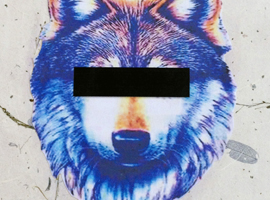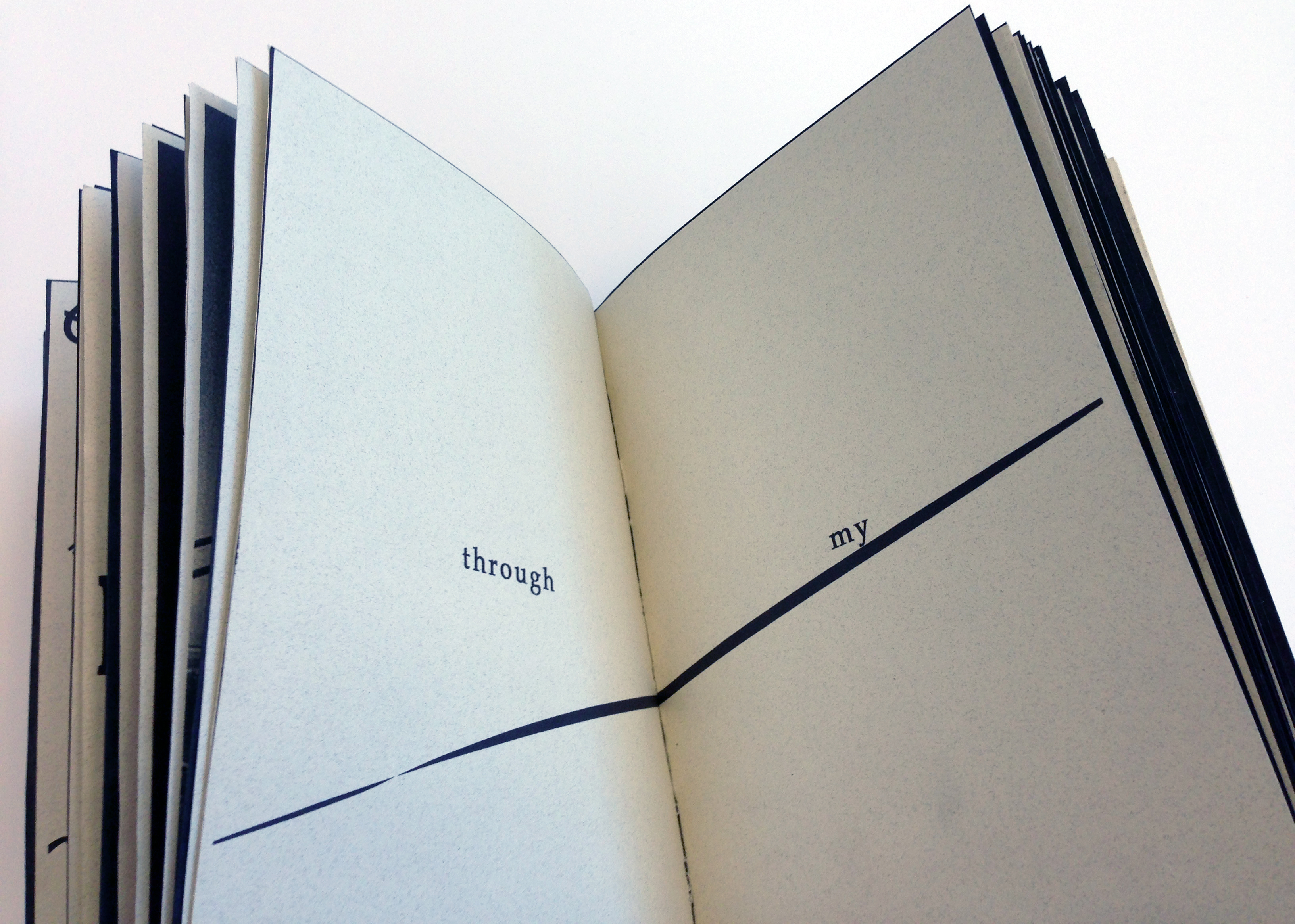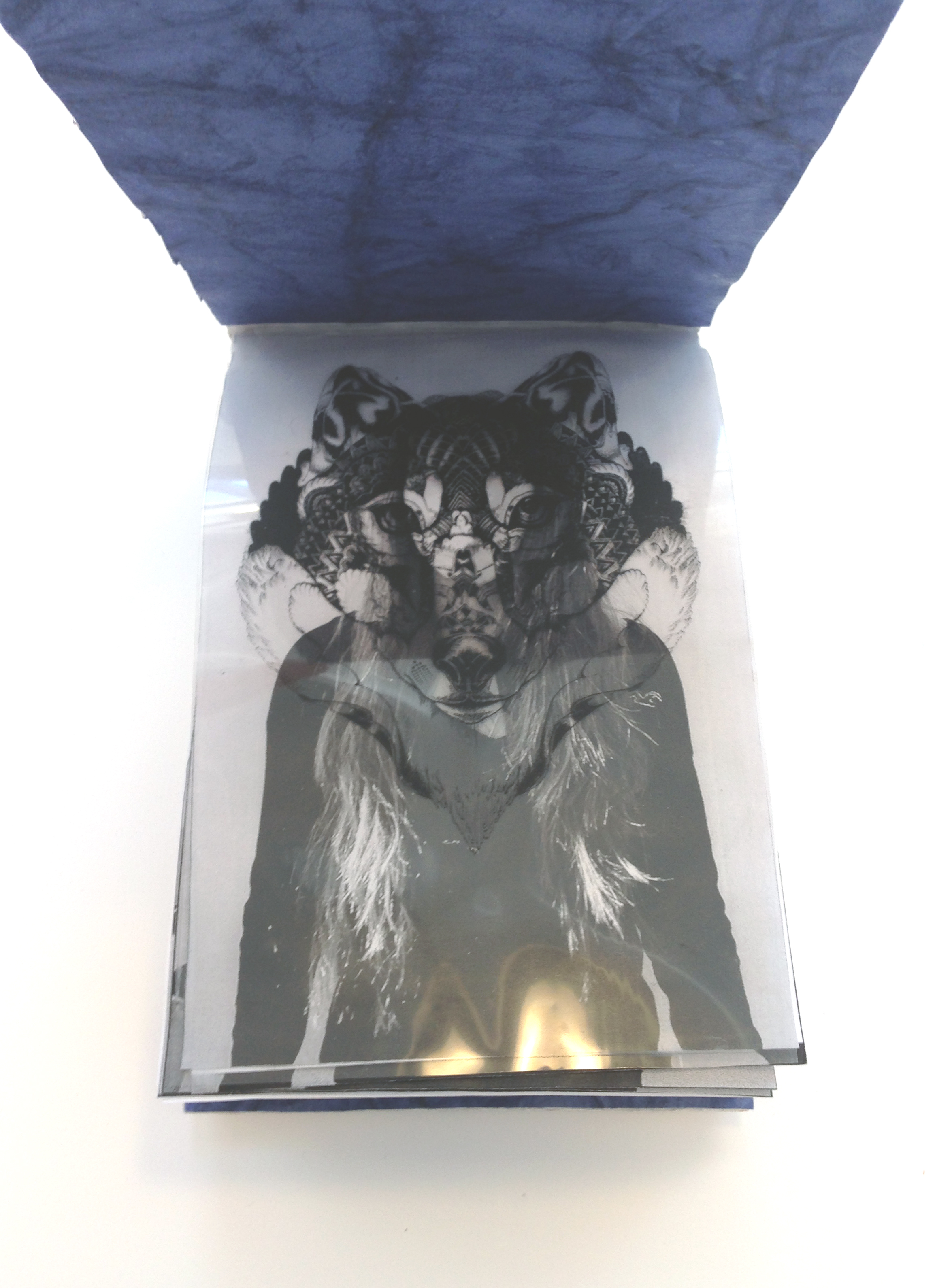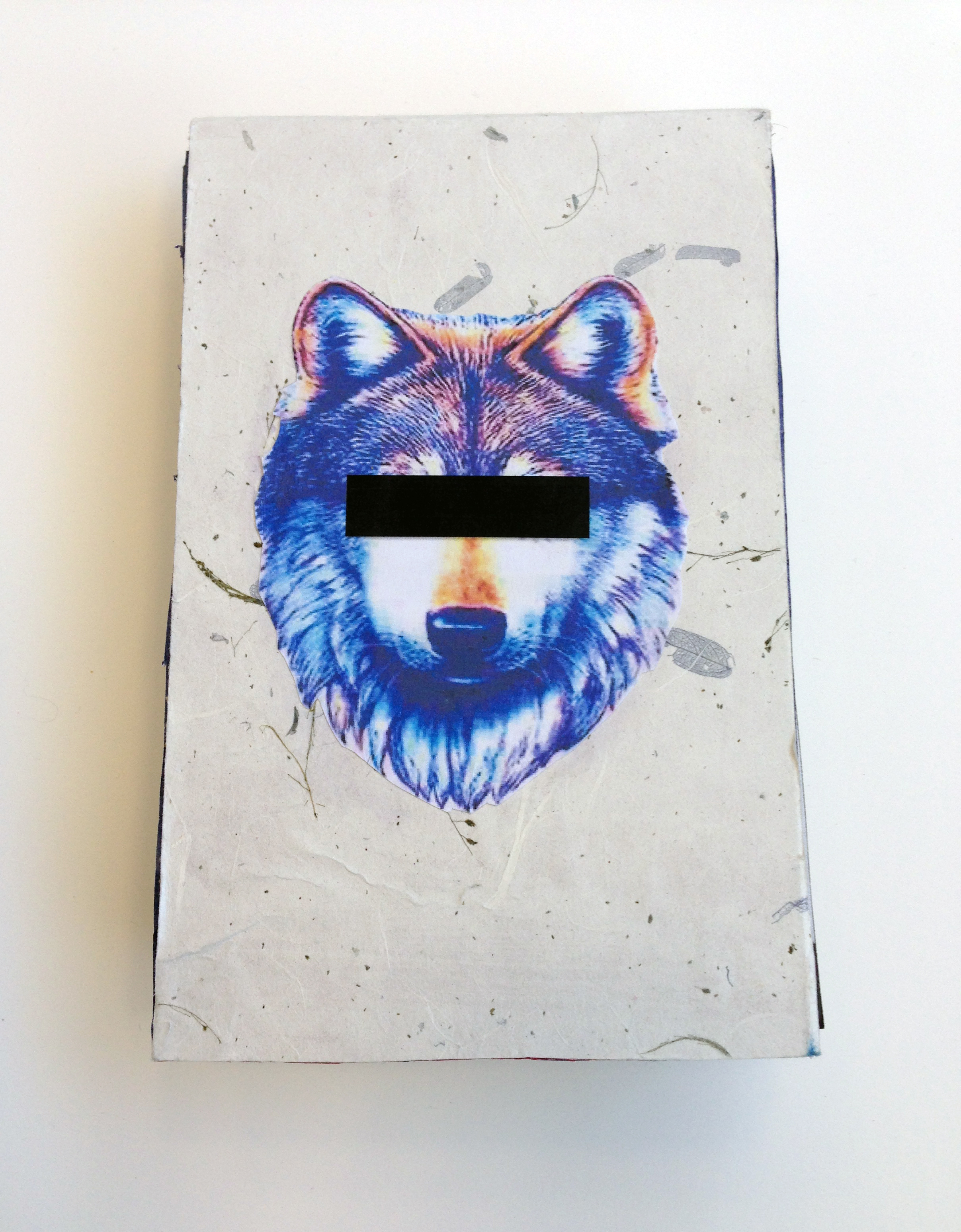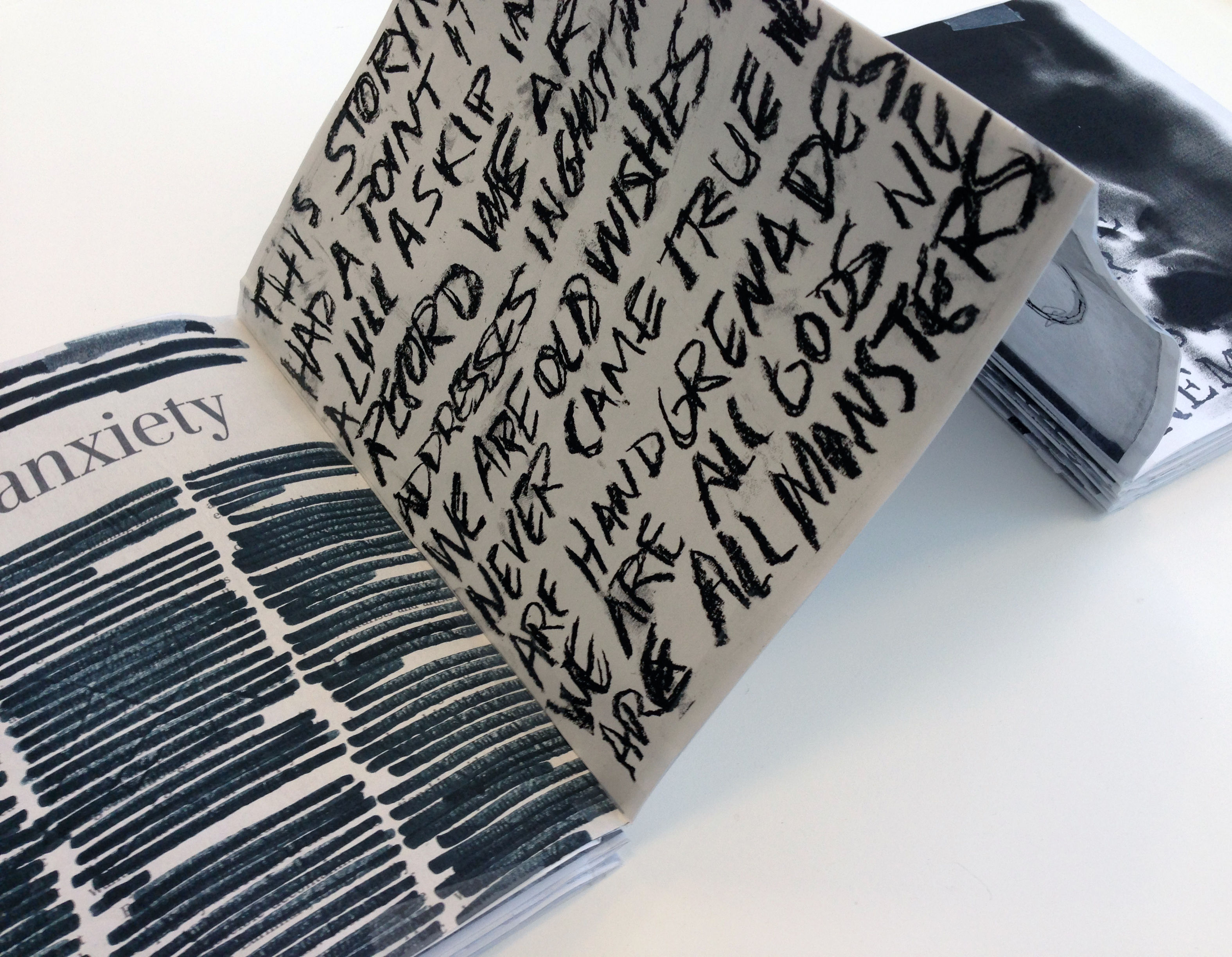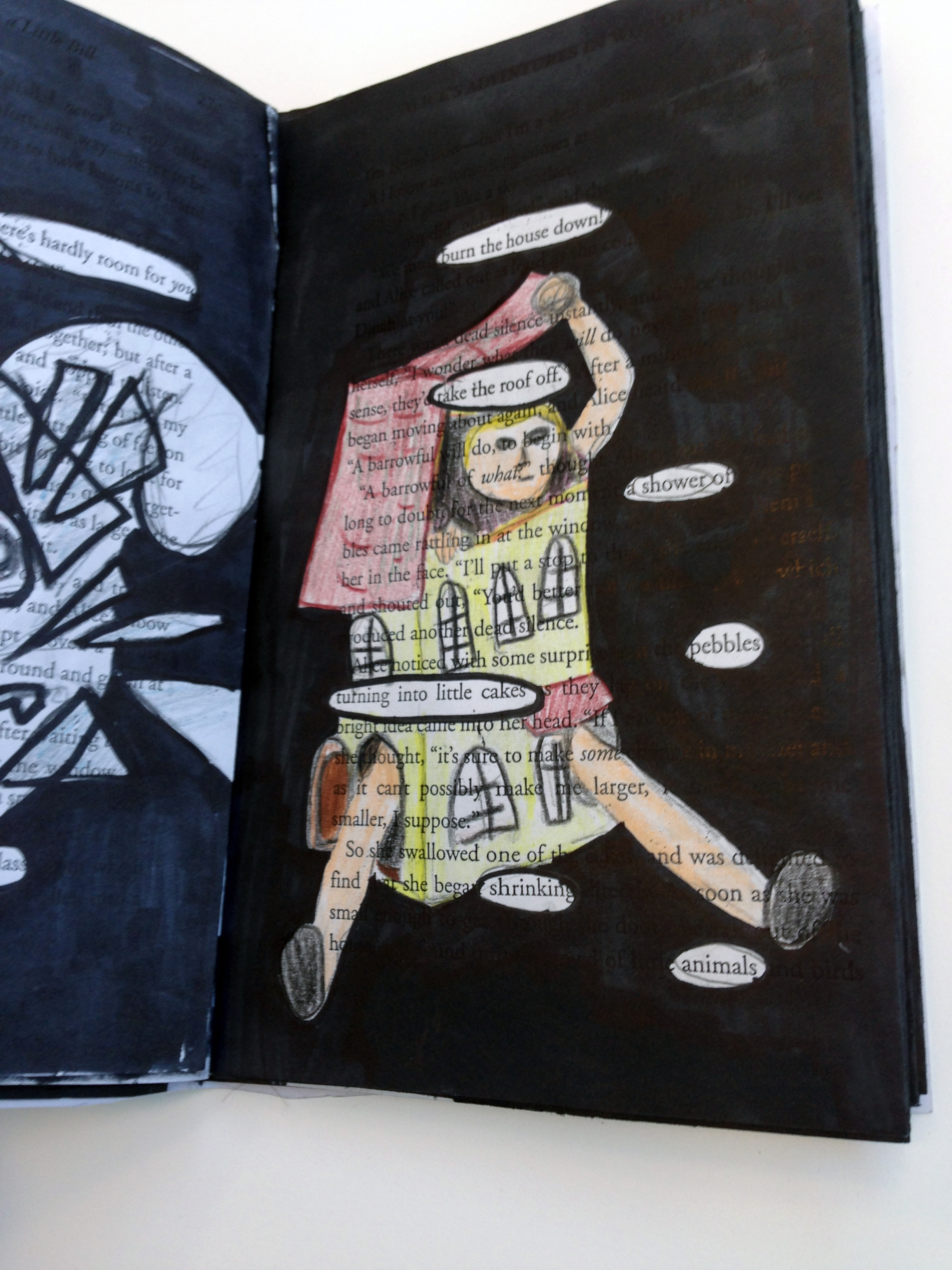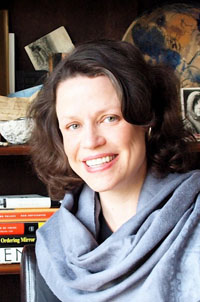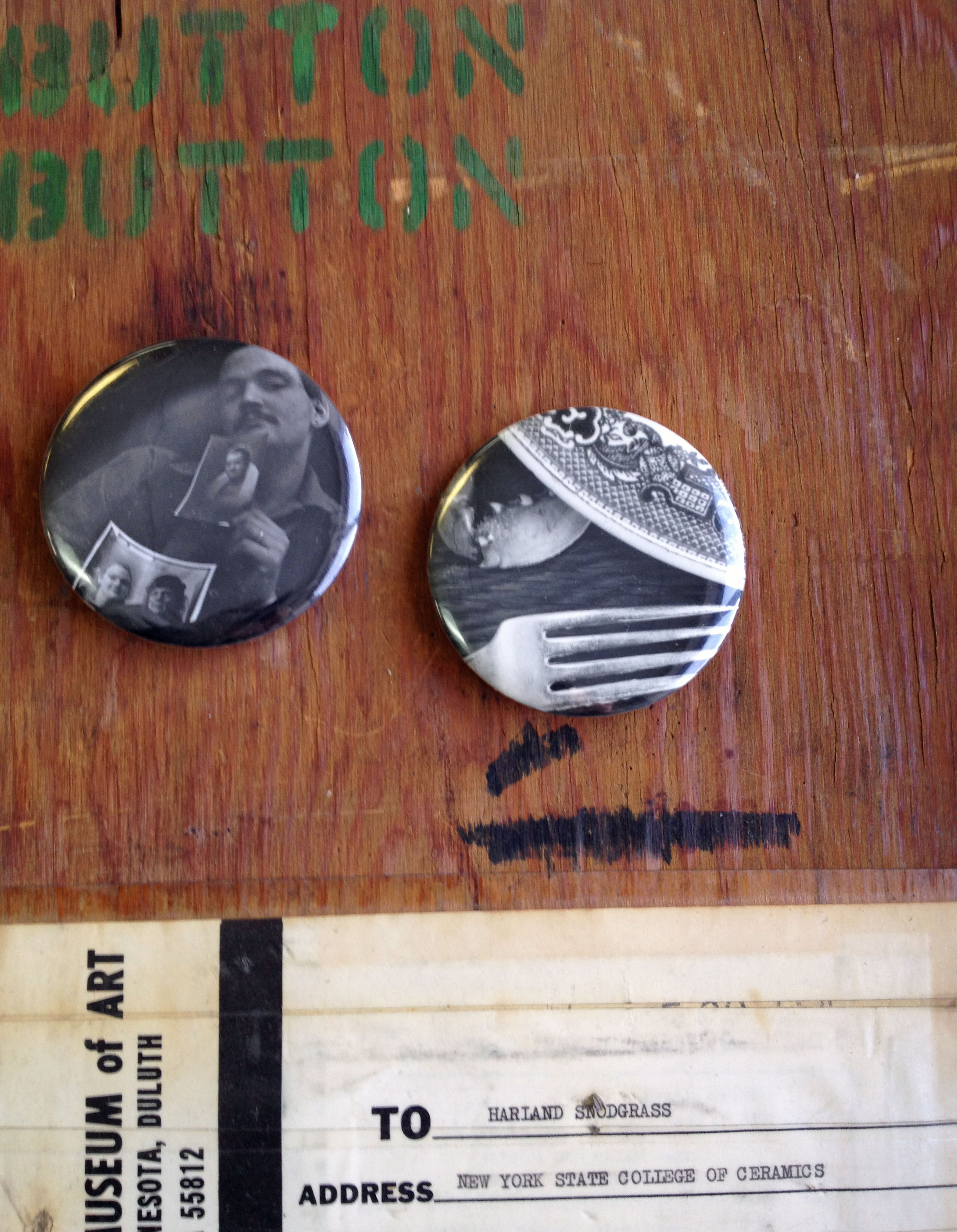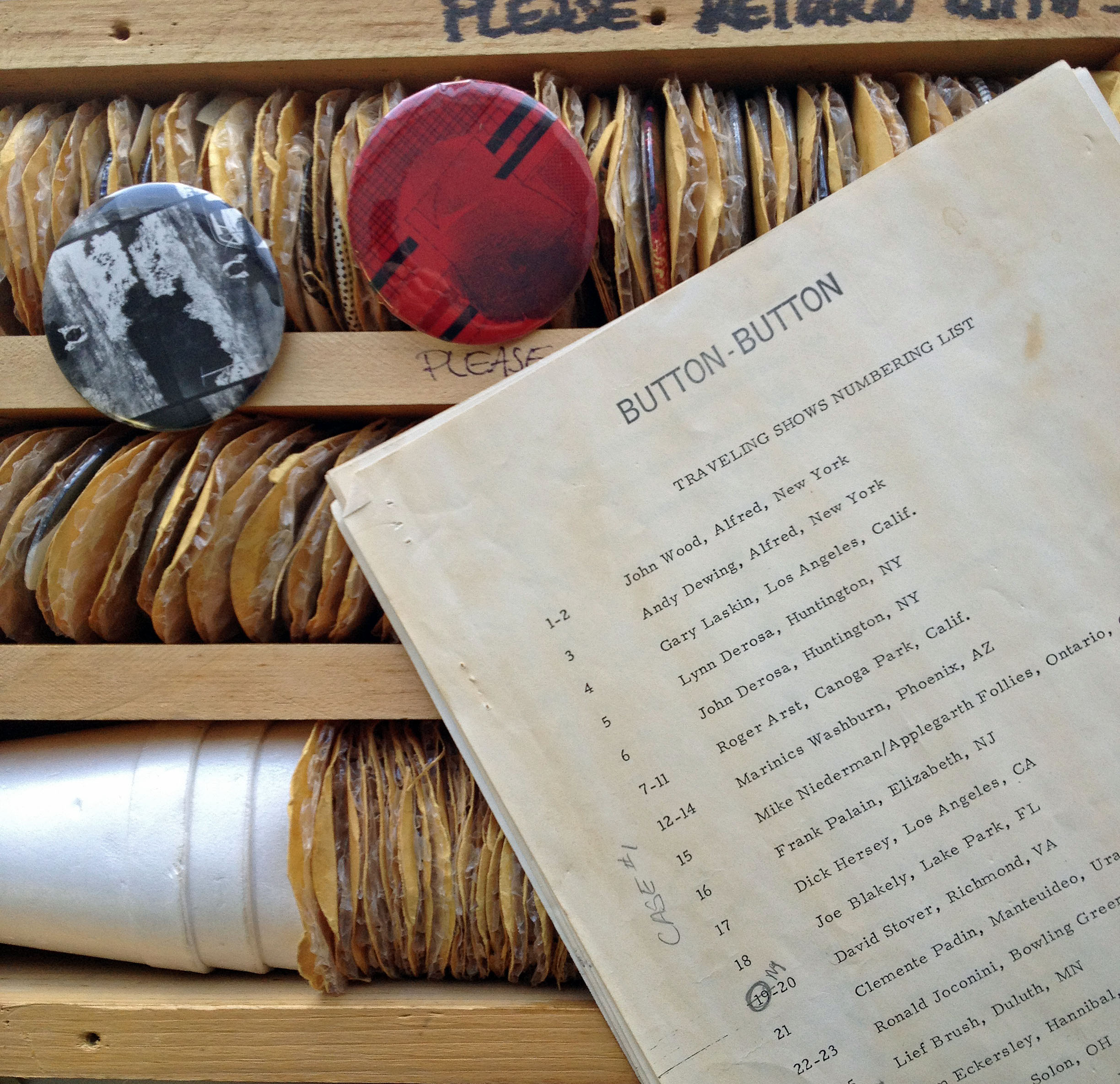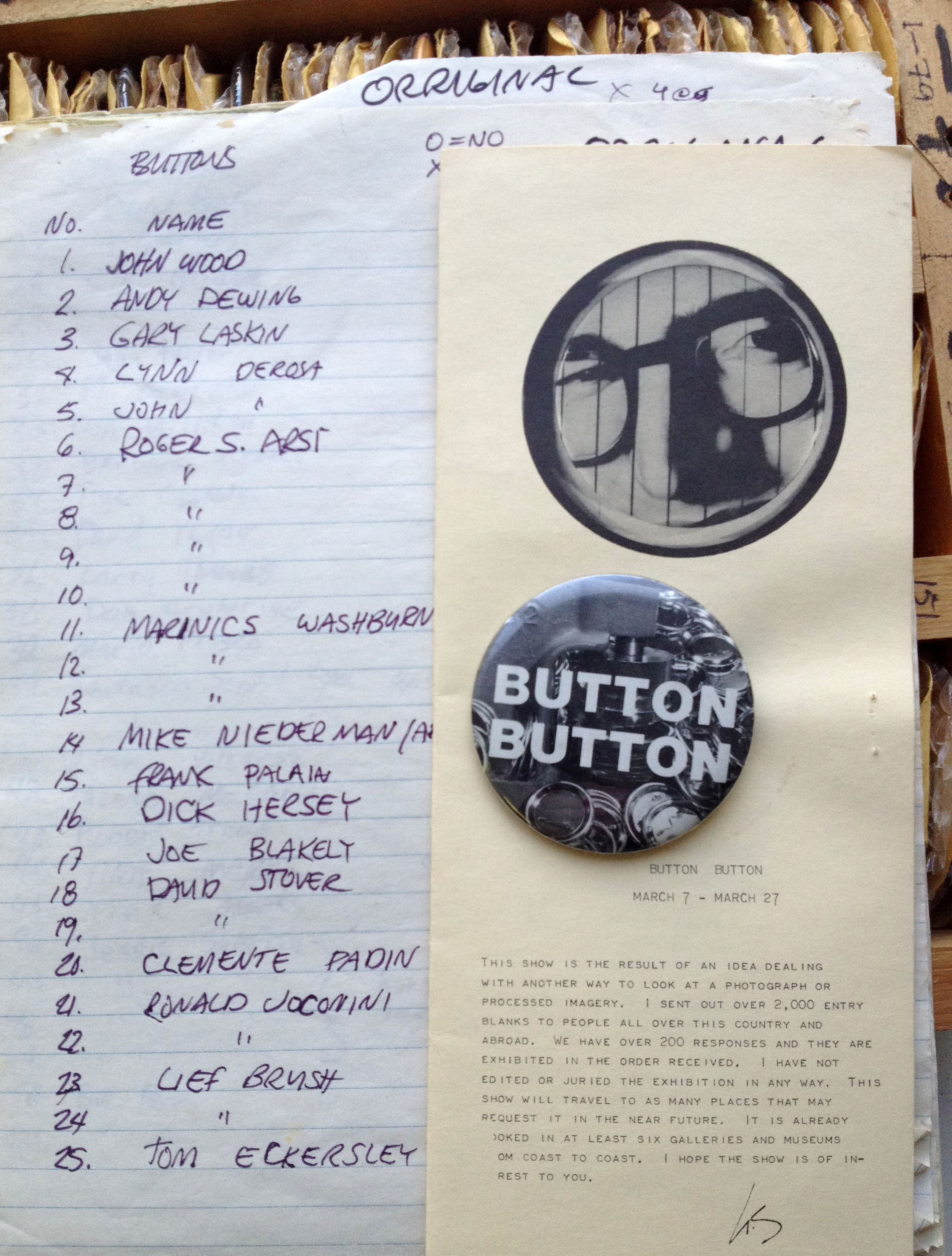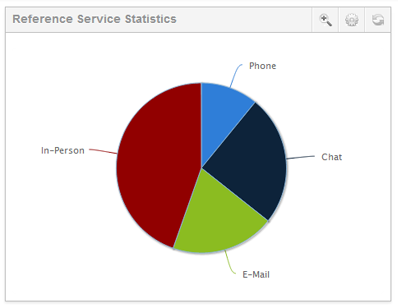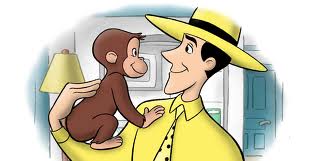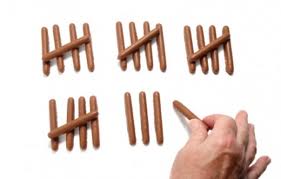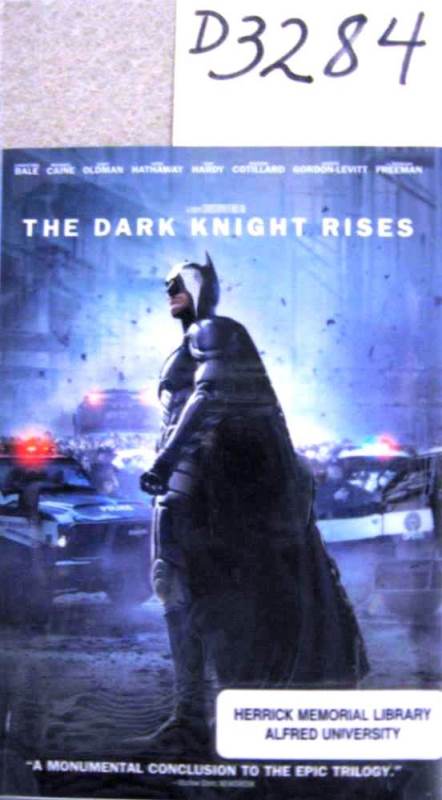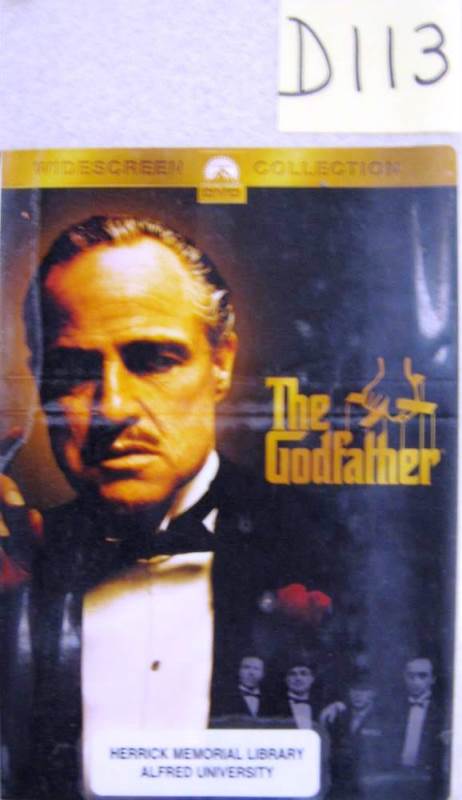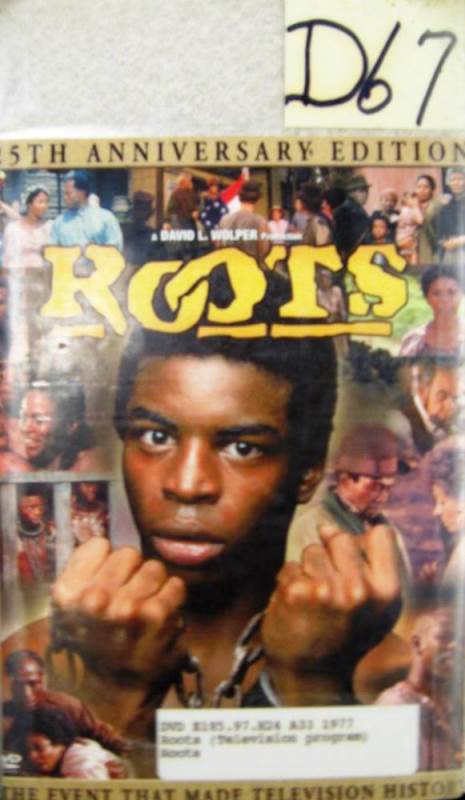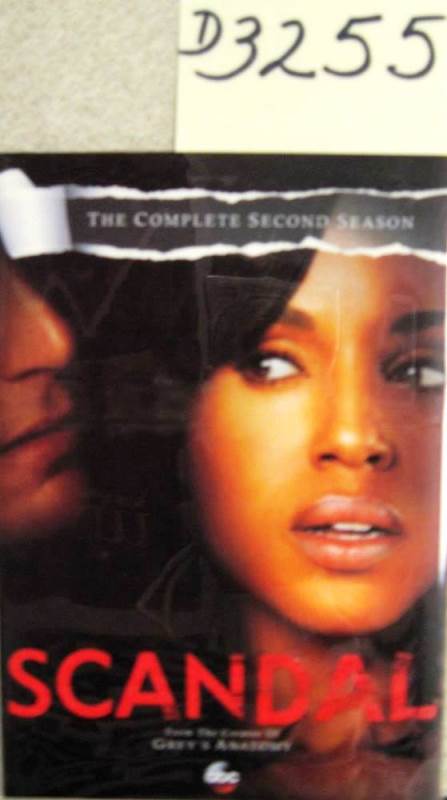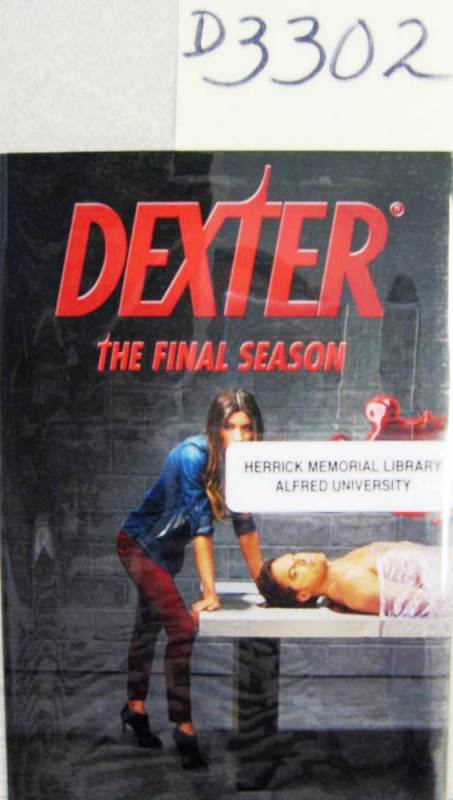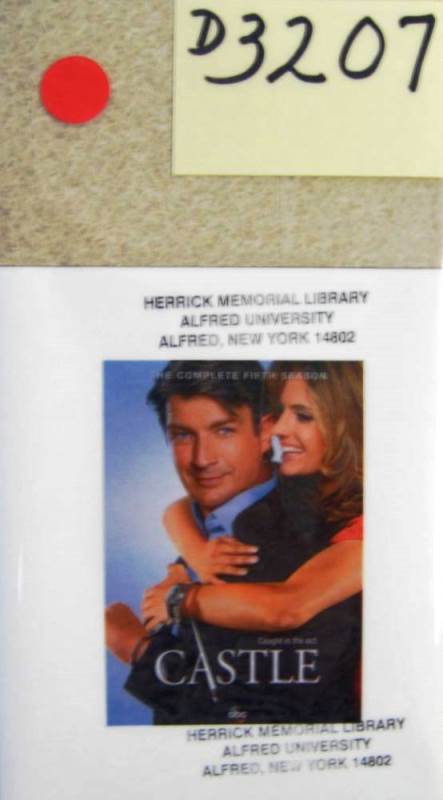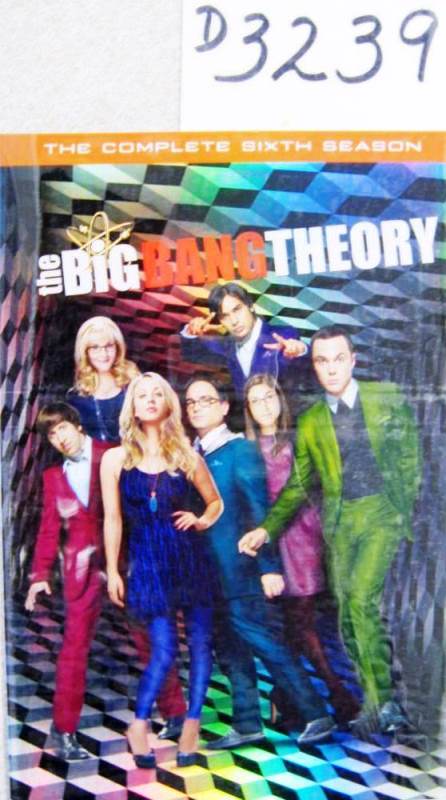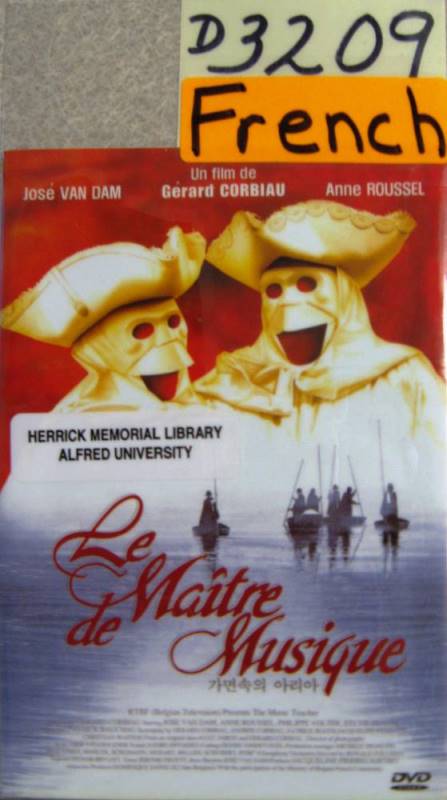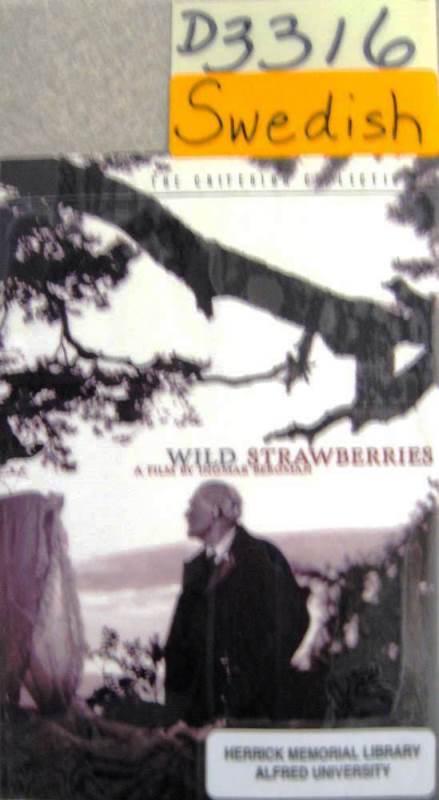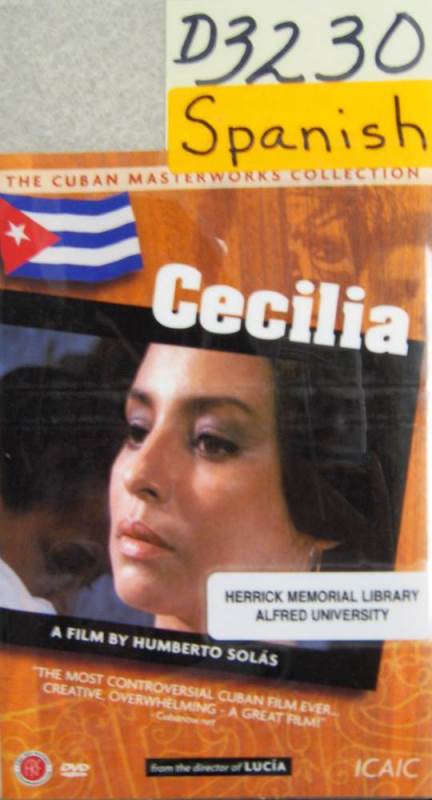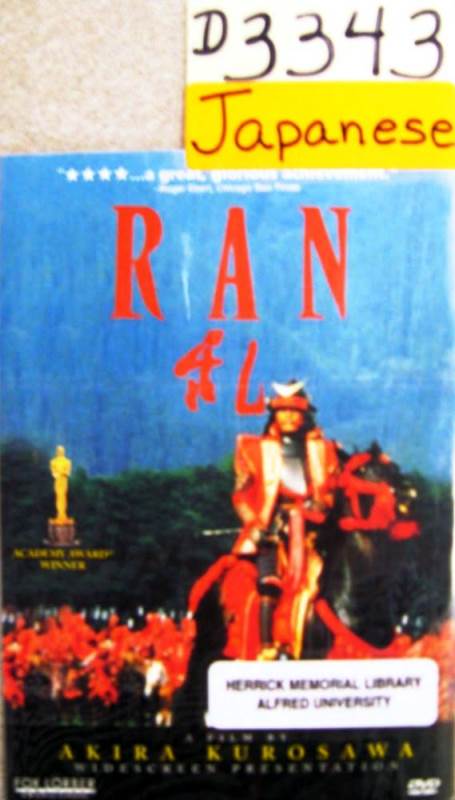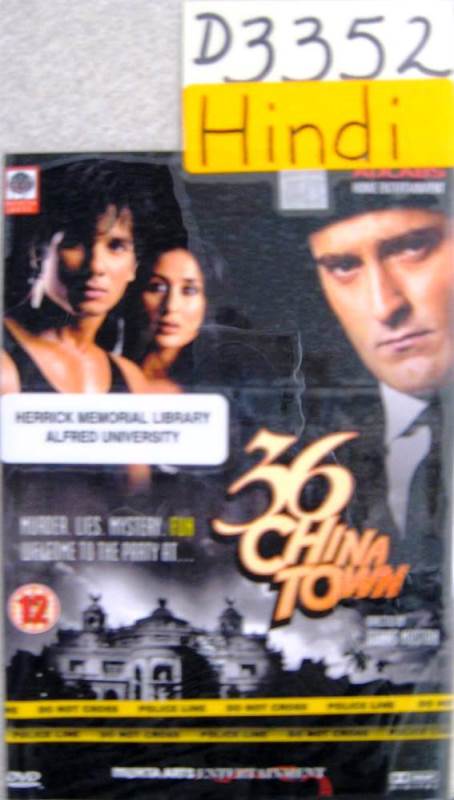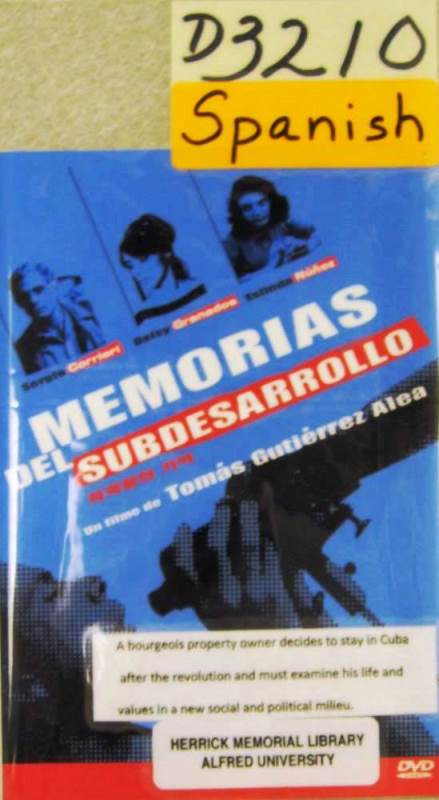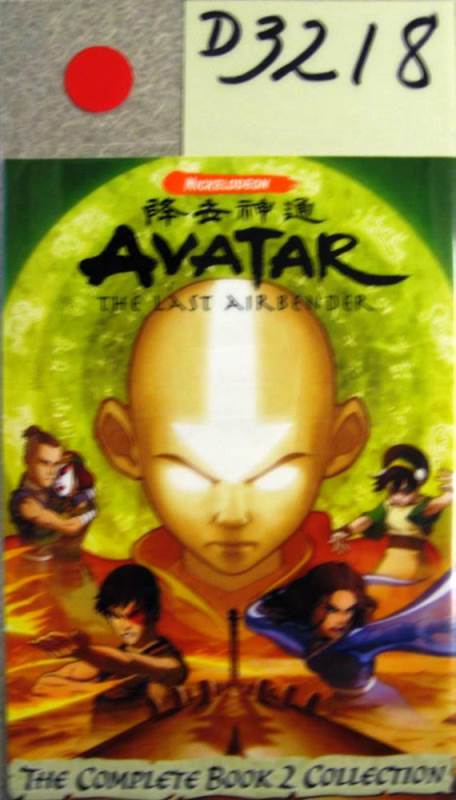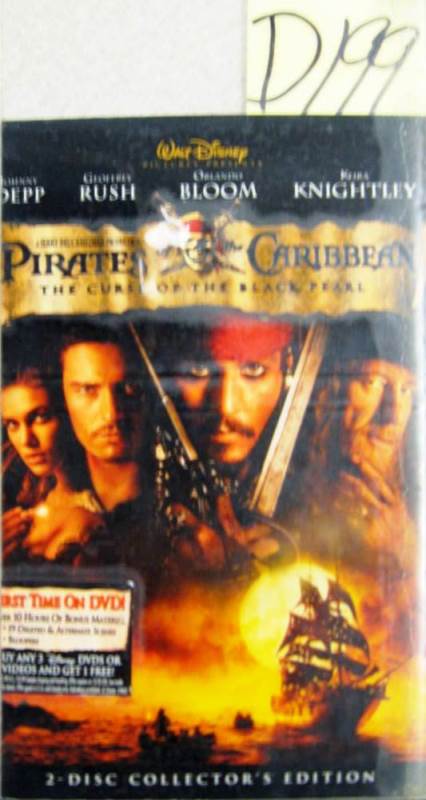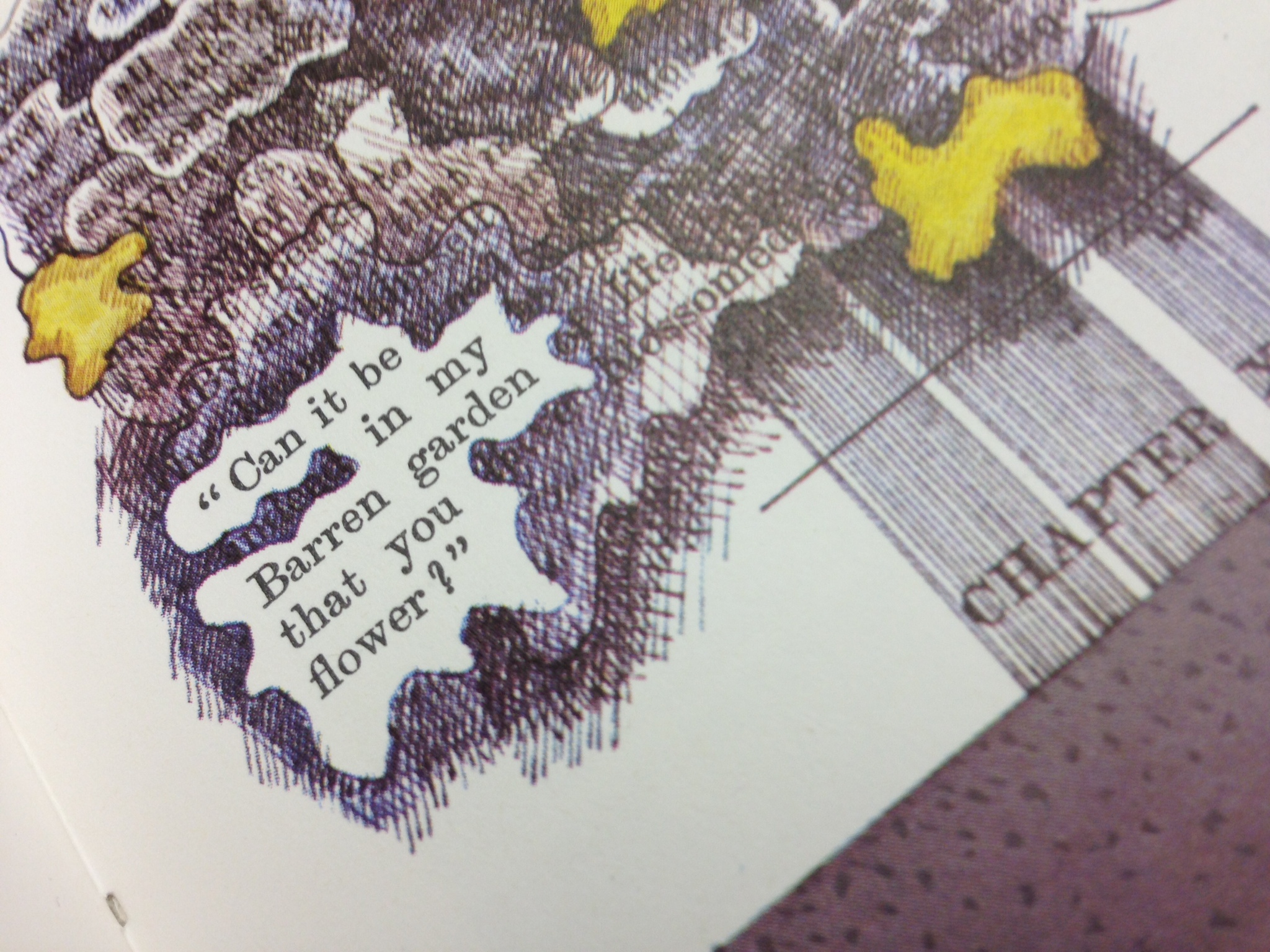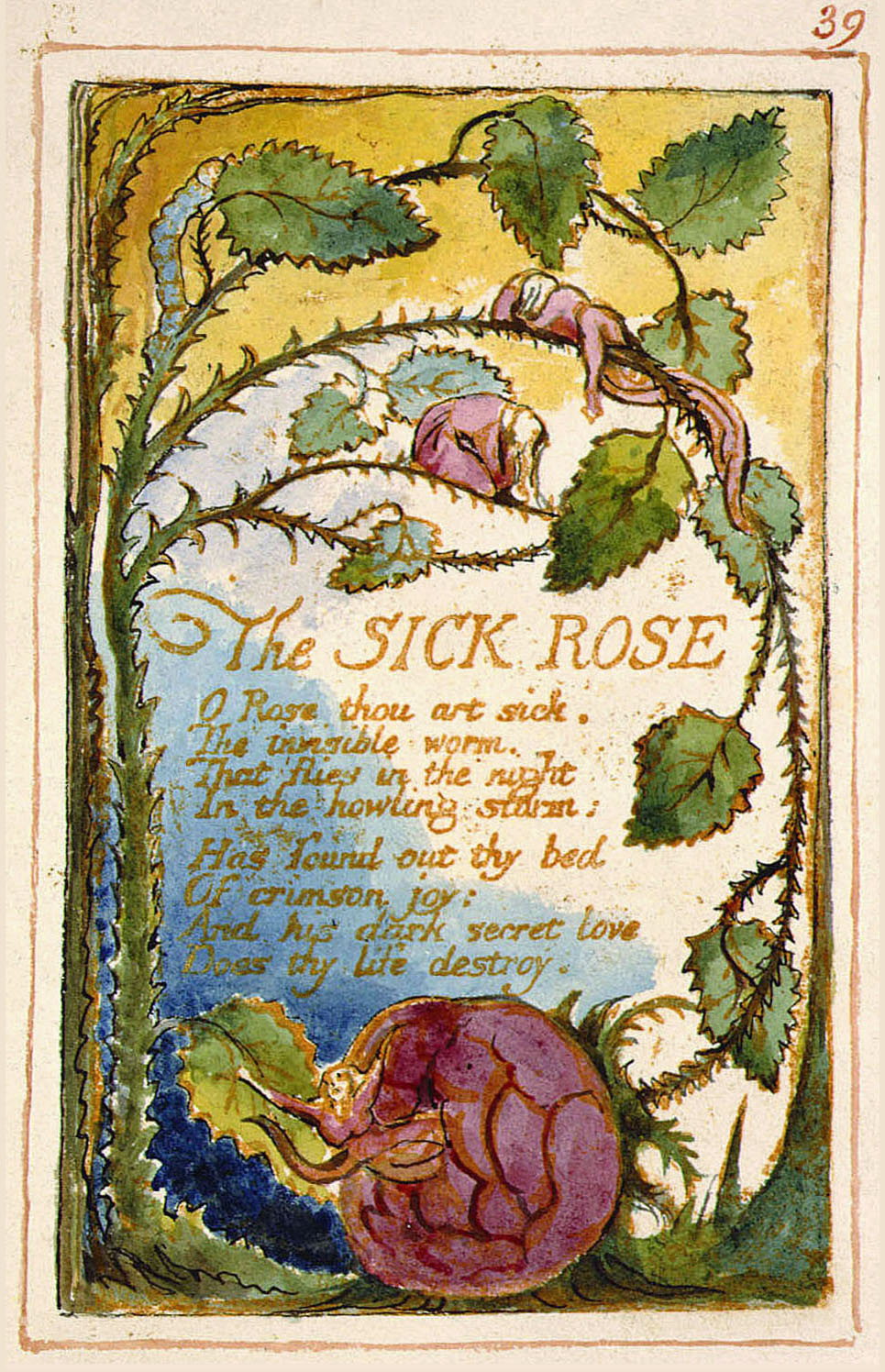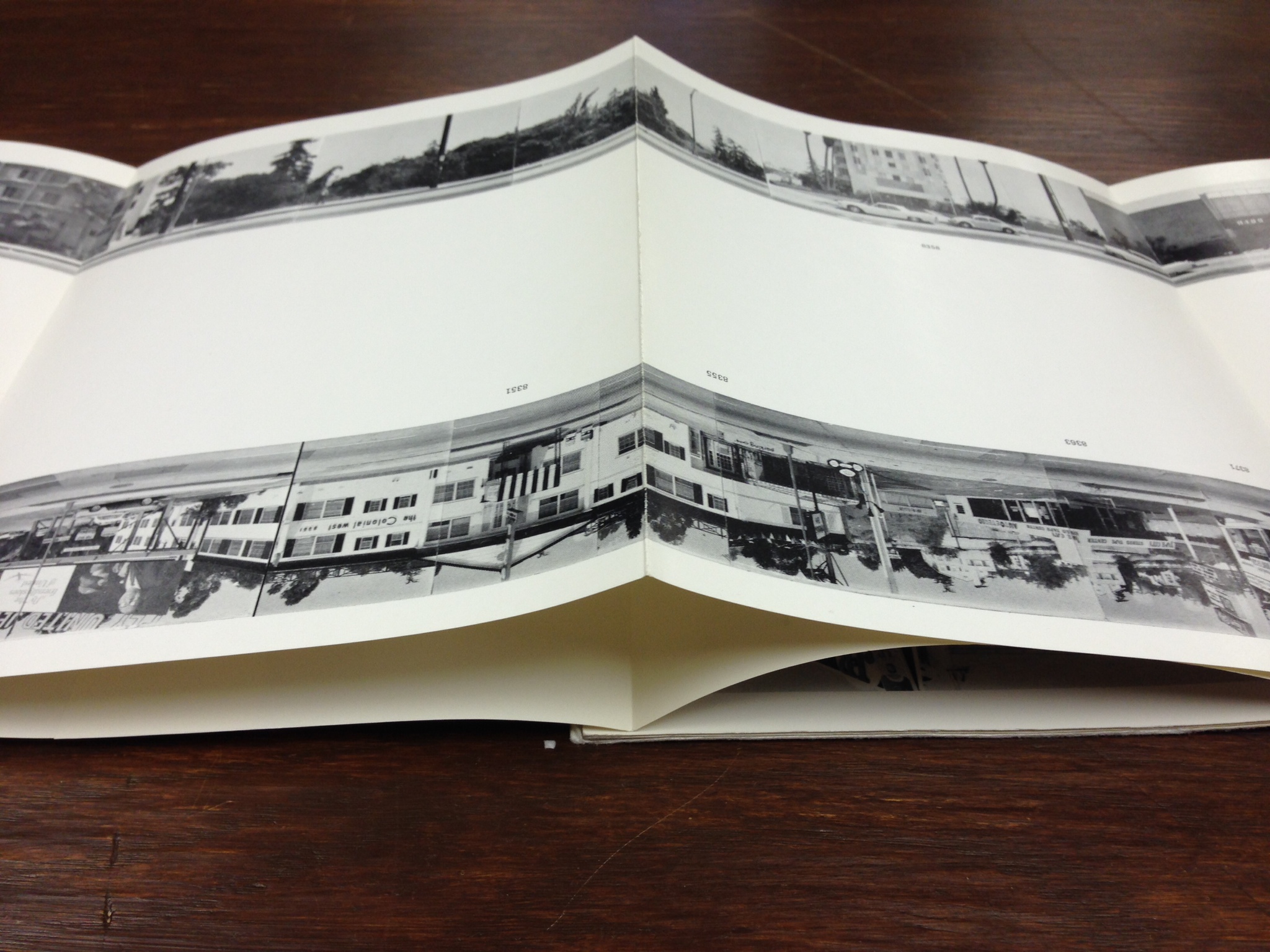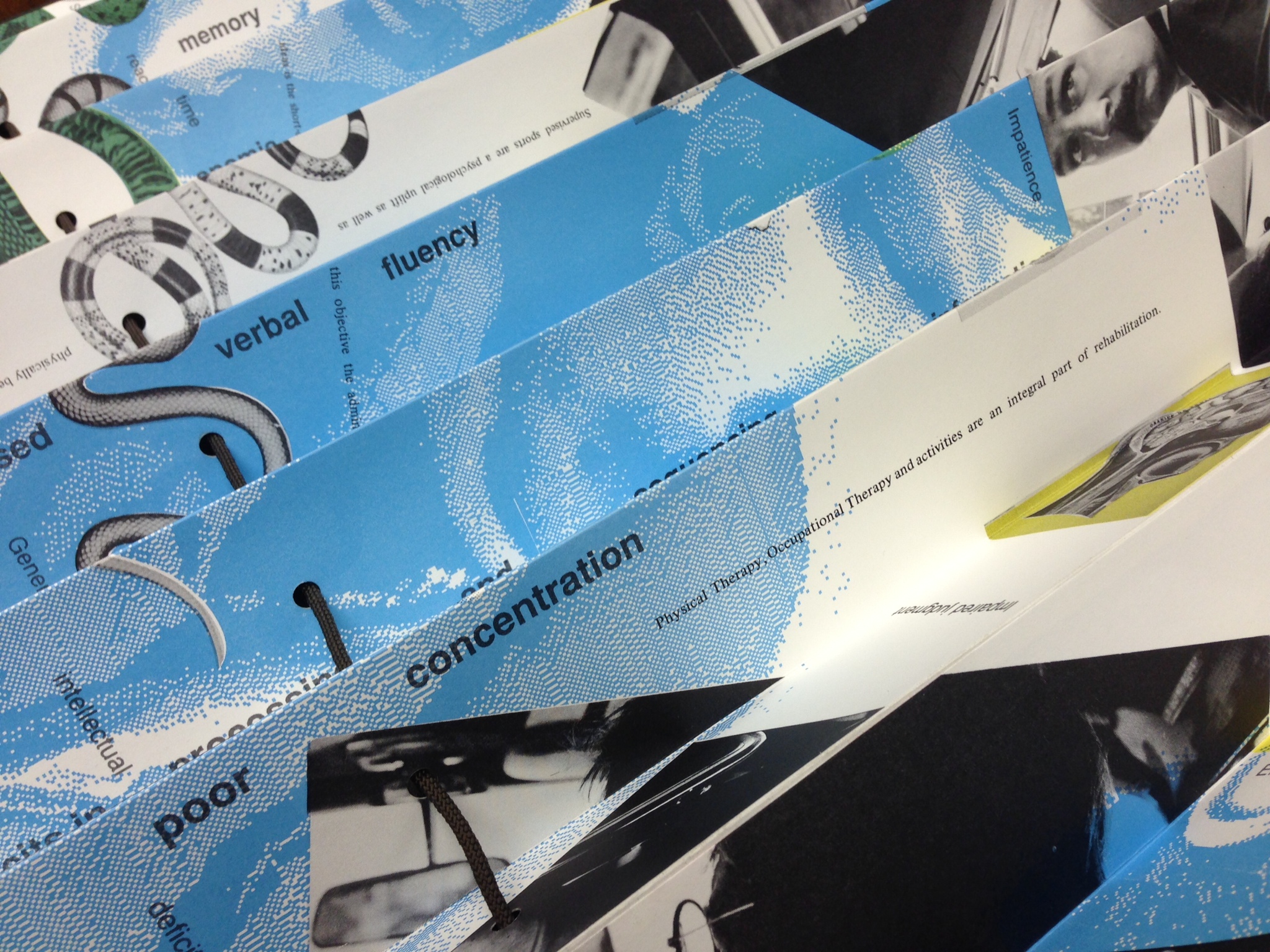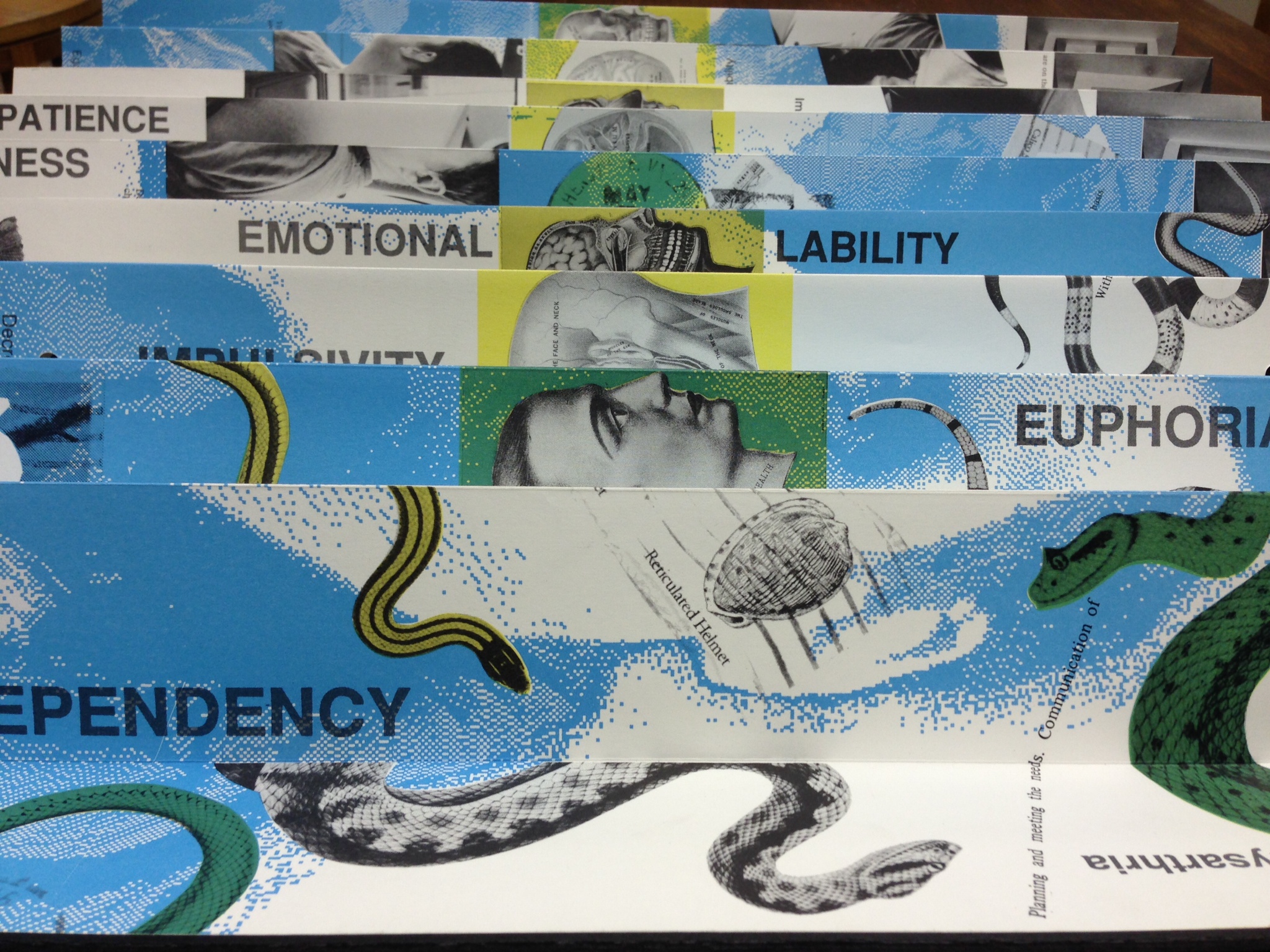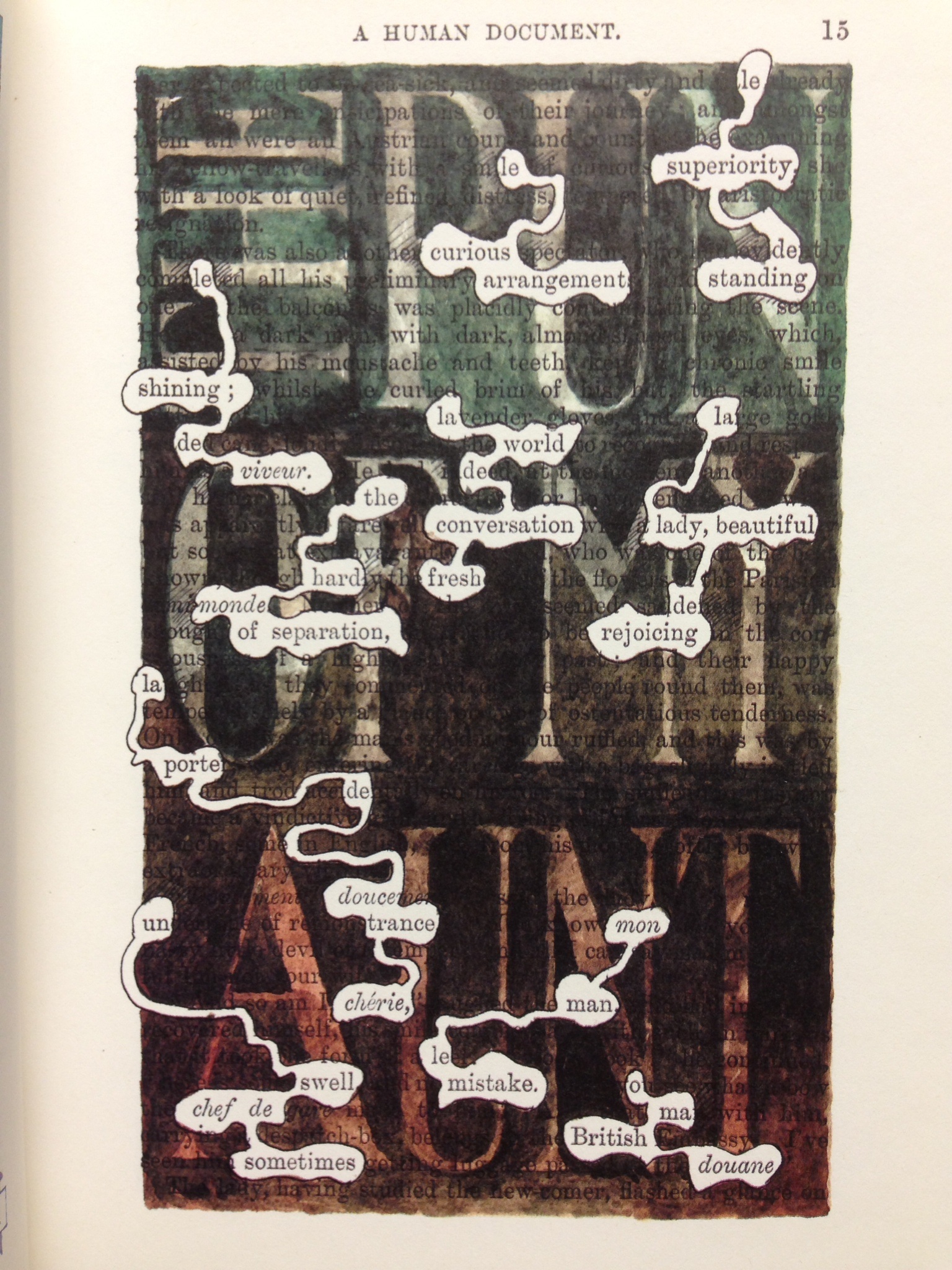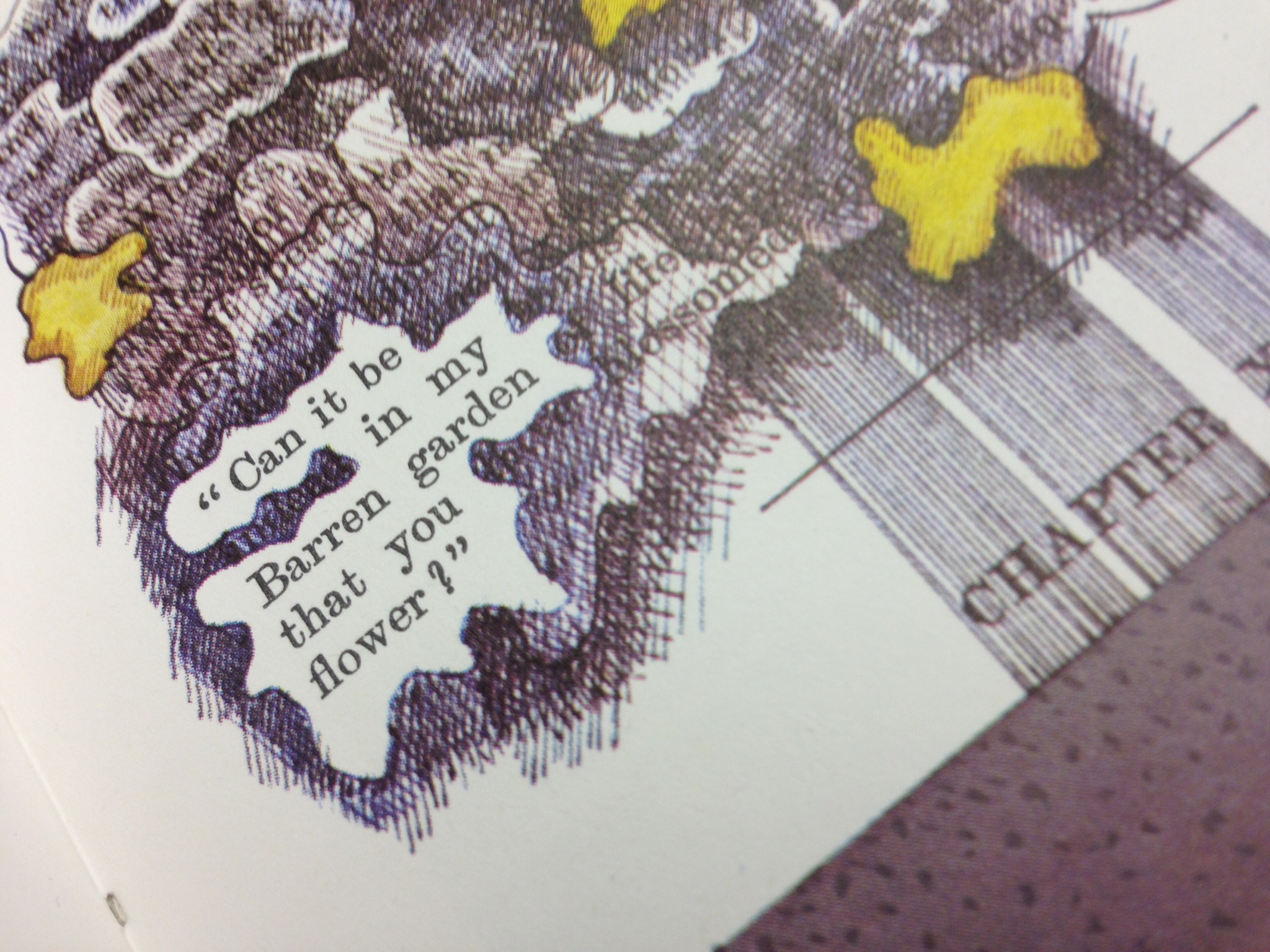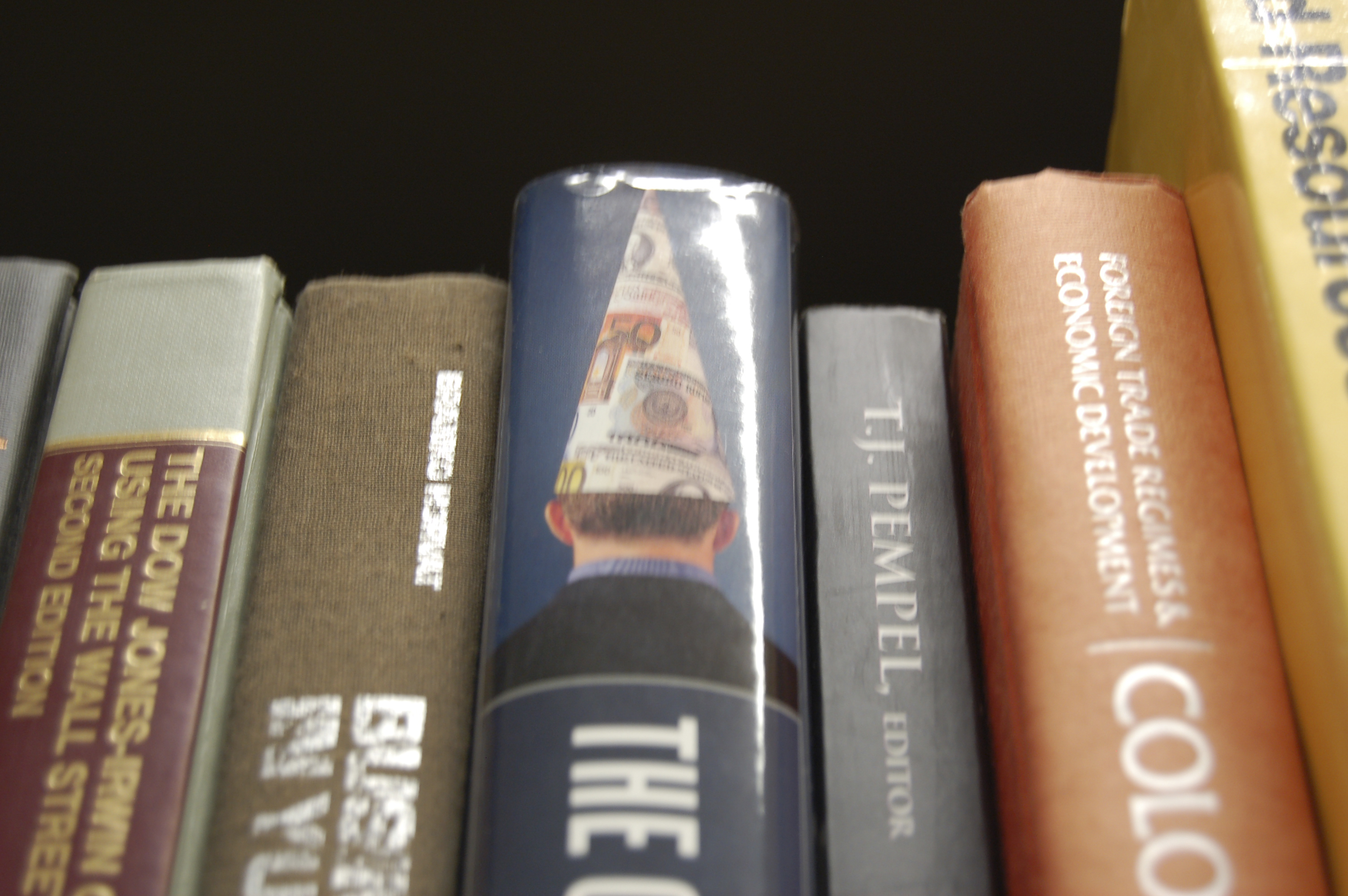Anyone who visits the Alfred University libraries is sure to notice the helpful students working at our front desks. You might be surprised to learn, though, that the Alfred University libraries employ nearly 100 students in a typical semester. That’s a lot of students!
I contacted some former student employees to ask how the experience of working in the libraries impacted their job searches and career plans after graduation. As the following examples illustrate, students gain highly marketable skills while working in the libraries and the experience can have a strong influence on their eventual career plans.
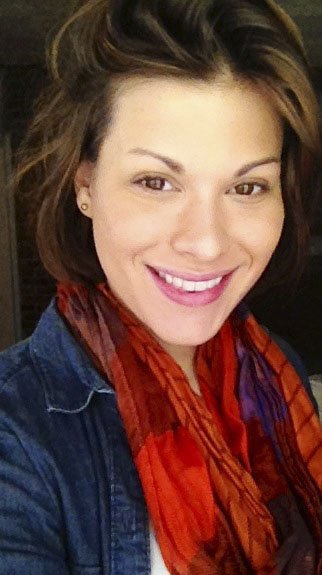
Catherine Dillon
Working at Herrick Library had a big impact on
Catherine Dillon’s career aspirations after graduation. She says, “I have a great amount of respect for my supervisors at Herrick Library and they were key figures in guiding my career focus.” After graduation, Catherine became an evening and weekend supervisor at Binghamton University’s Bartle Library, and was later promoted to Library Reader Services Coordinator. She is working towards a Master of Library and Information Services degree at the University of Buffalo. She credits her time at Herrick with helping her to “learn to approach work with an open and flexible mindset, which in this job market is key.”
For
Kristin Eklin, working as a student supervisor at Herrick Library made her realize that she wanted to eventually work in a leadership or management position. Working with student supervisees and patrons gave her a chance to sharpen her communication skills and helped prepare her for her current position in event planning and marketing at St. John’s Foundation in Rochester. Kristin says that her experience at Herrick was “extremely valuable during job interviews. Many employers prefer job candidates that have maintained steady employment through out college and demonstrated growth in to the role of supervisor. This position also displayed my ability to work with peers, faculty, and staff.”

Olivia “Liv” Tsistinas
After graduating from Alfred with a BFA,
Olivia “Liv” Tsistinas wasn’t sure what she would do next. Her experience at Herrick Library helped her to land a job as an evening and weekend supervisor in a library. She went on to earn a Master of Library Science degree and is now a Clinical/Outreach Librarian at Upstate Medical University’s Health Science Library. While it may seem a long way from art school, Liv says that she has found ways to use her background in art, including coordinating library exhibitions in two gallery spaces. She says, “I love being able to incorporate all the facets of my Alfred University experience into what I do!”
Caitlin Brown, who works as a monograph cataloger at the Indiana University law library, says that she “liked working in the library so much that I got an MLS and became a librarian!” At the Scholes circulation desk, where she worked from 2006 to 2008, she found herself “kind of in the middle of everything” and used the experience to improve her research skills. In grad school, where positions were very competitive, she found that her experience at Scholes was a definite plus.
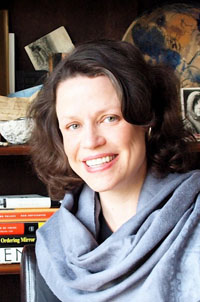
Oceana Wilson
Working at Herrick Library was the first step in a career in libraries for
Oceana Wilson, eventually leading to her current position as Director of Library and Information Services at Bennington College. While at Herrick, she had the opportunity “to see some of the behind the scenes work that went into creating the innovative services and responsive environment of Herrick Library. “ It was getting to know the librarians at Herrick that encouraged her to become a librarian. She says, “They really believed in the work that they were doing and that was very inspiring.”
When
Jessie Baldwin sought work at Scholes Library, she already knew that she wanted to be a librarian. She gained lots of practical experience at Scholes, from working at the circulation desk, to helping students to find books, and being responsible for opening the library.
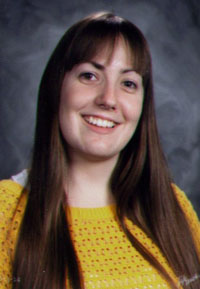
Jessie Baldwin
The experience helped her to get into a library science graduate program and, while she was still in school, to be hired at the Upstate Medical Library. She says, “I learned a ton that I still carry with me. I always felt I had one of the best work study jobs at Alfred.”
At Herrick Library,
Greg Arnold gained skills in customer service and staff supervision, both of which helped him to land his current position as Lead Library Assistant at the Werner Medical Library in Rochester. He says that he wouldn’t have known where to start if he hadn’t “supervised student workers, handled patron questions and complaints, interacted and communicated with my supervisors, and dealt with the occasional craziness that comes with libraries.” Greg’s experience at Herrick gave him a greater appreciation for what libraries do and helped to clarify his career goals, which includes a desire to own his own business one day.
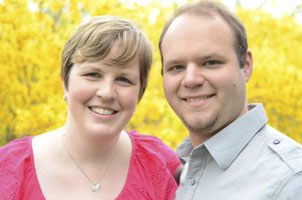
Joy Thomas with her husband
After graduating from Alfred University,
Joy Thomas worked briefly in retail before taking a position at the Cornell University Library, first in access services and, for the last six years, as Borrowing Coordinator for Interlibrary Loan. She says that it was her experience working in access services at Herrick Library helped her to get her first library position. She “really loves working in the library and can’t see that ending anytime soon.”
These are just some examples of ways in which students have benefited from the experience of working in the Alfred University libraries. Of course, the libraries benefit as well! Without student employees, the libraries couldn’t function at anywhere near their current levels of service – students open and close the libraries, and provide essential services in the evenings and on weekends when full-time staff and librarians have gone home. Students bring other benefits to the libraries, too. As Herrick librarian Brian Sullivan notes, “Student workers keep the library’s culture, perspective, and values centered on our primary patrons, AU students!”
— Ellen Bahr



